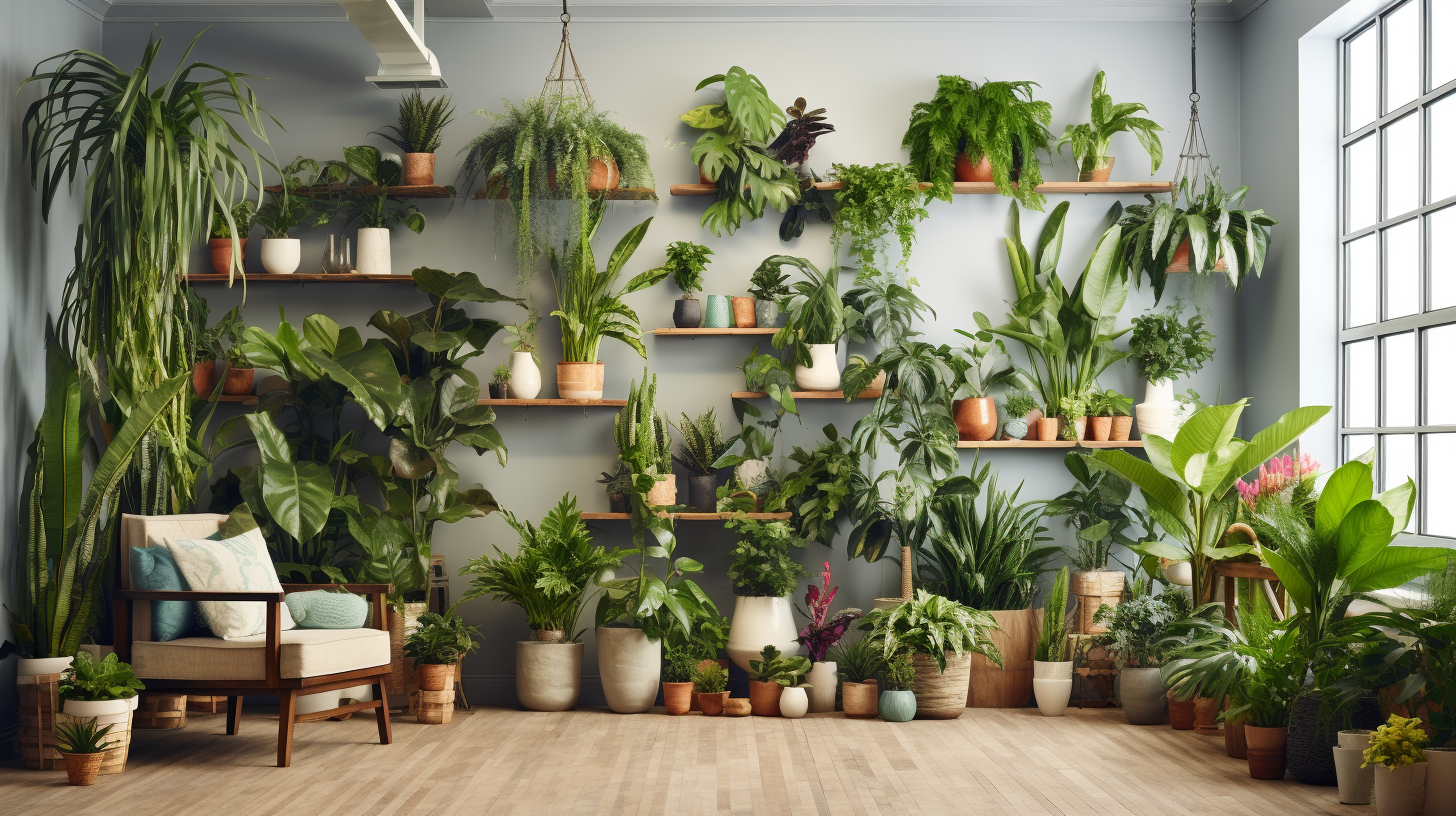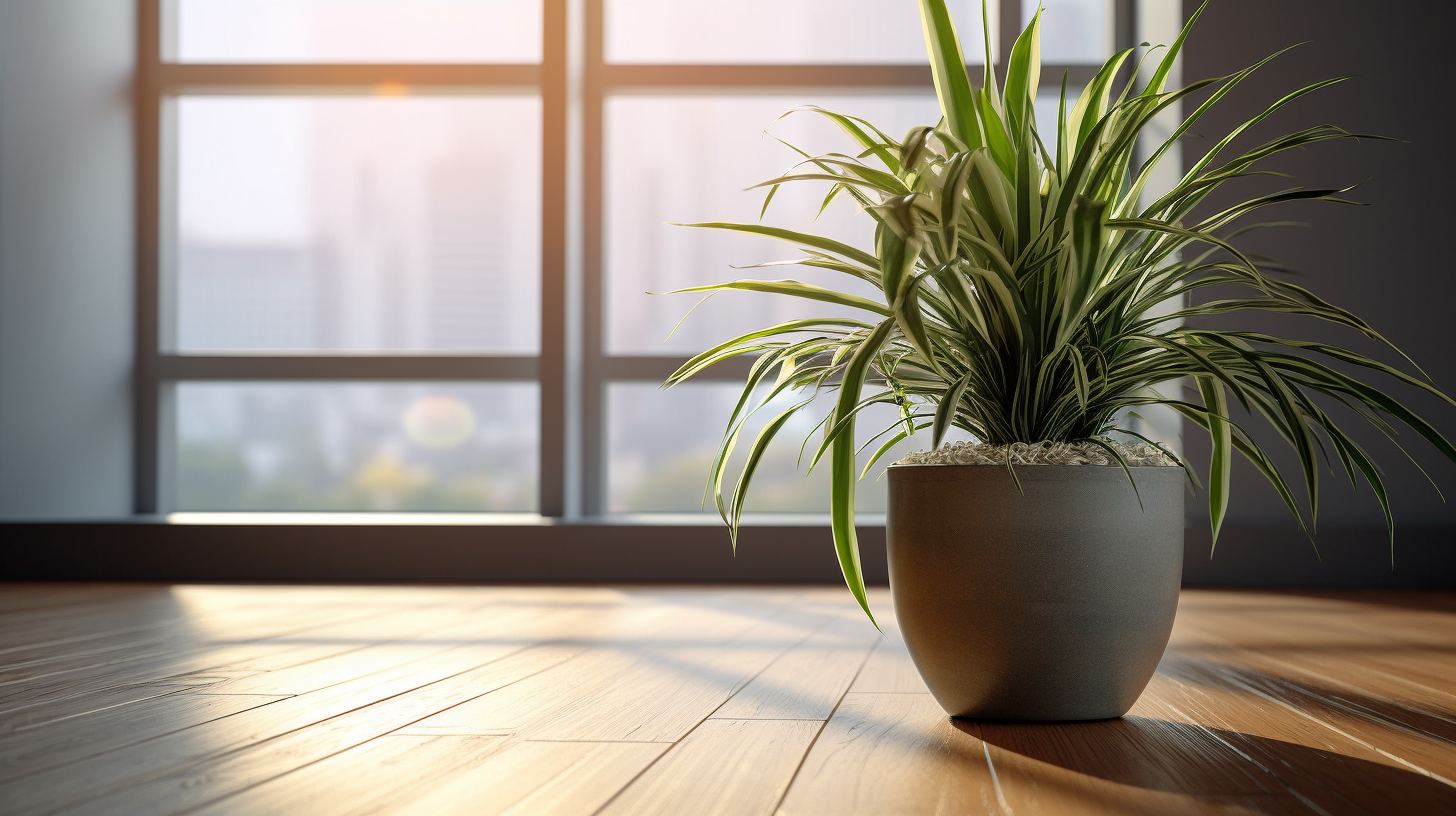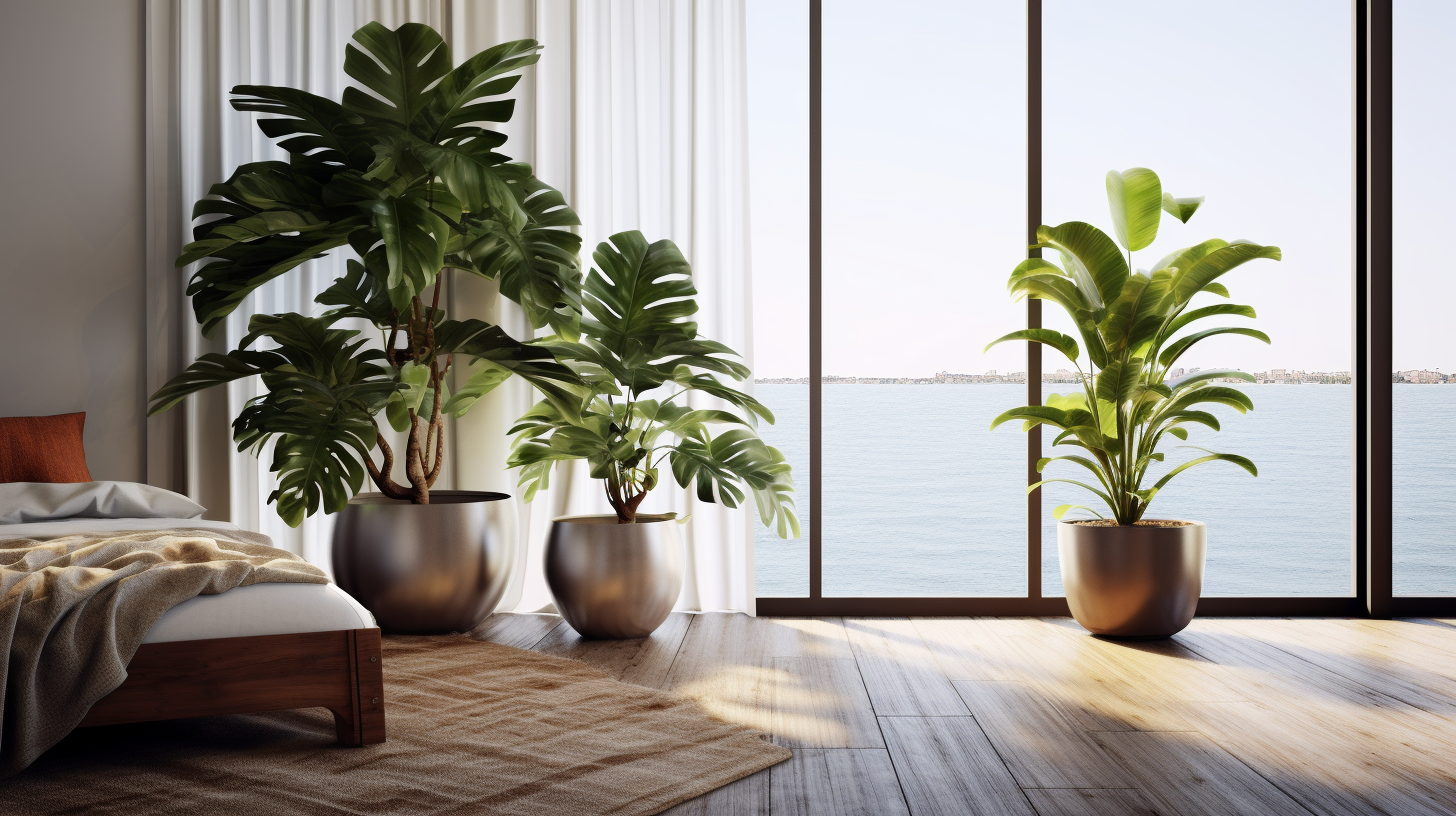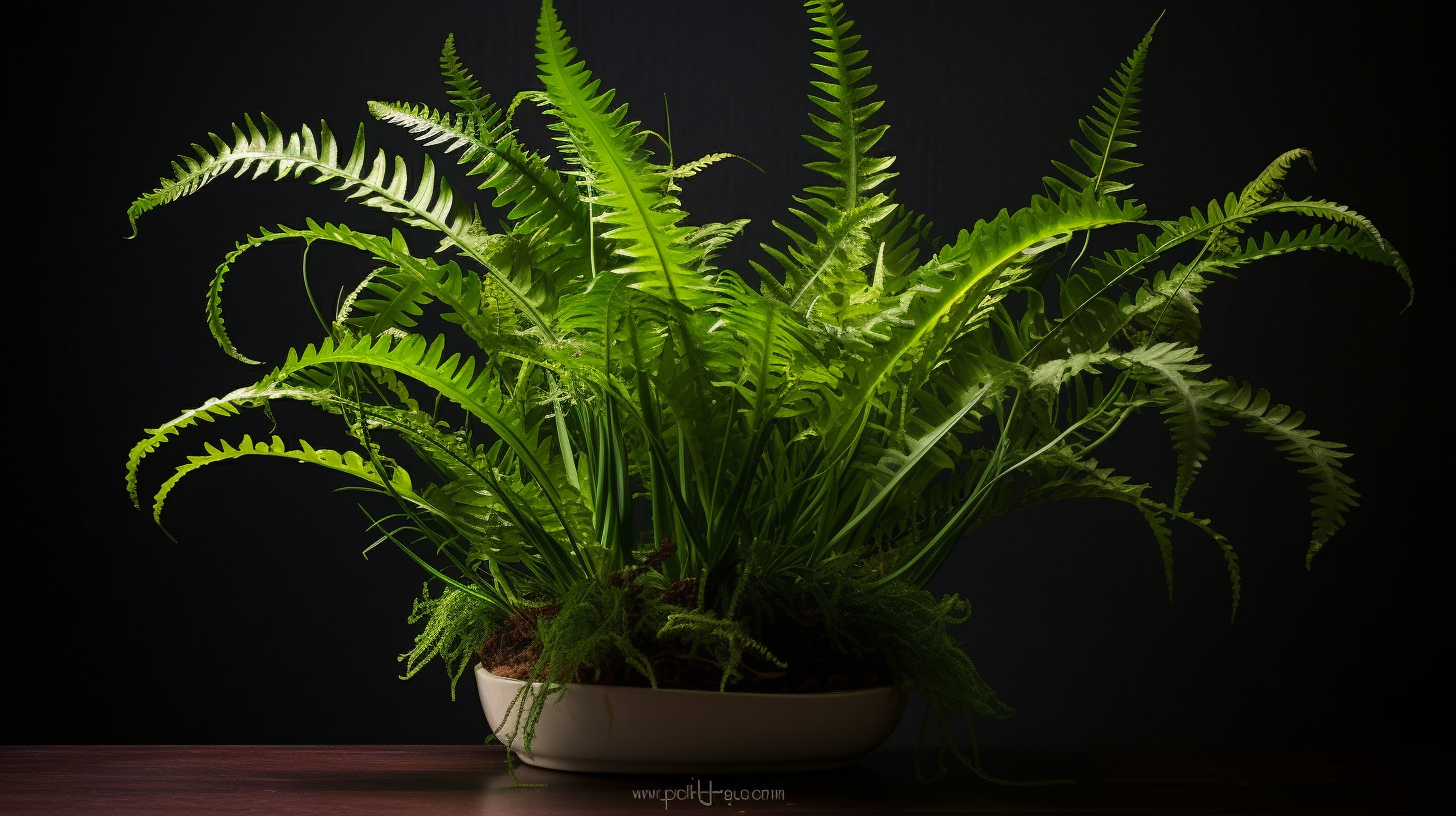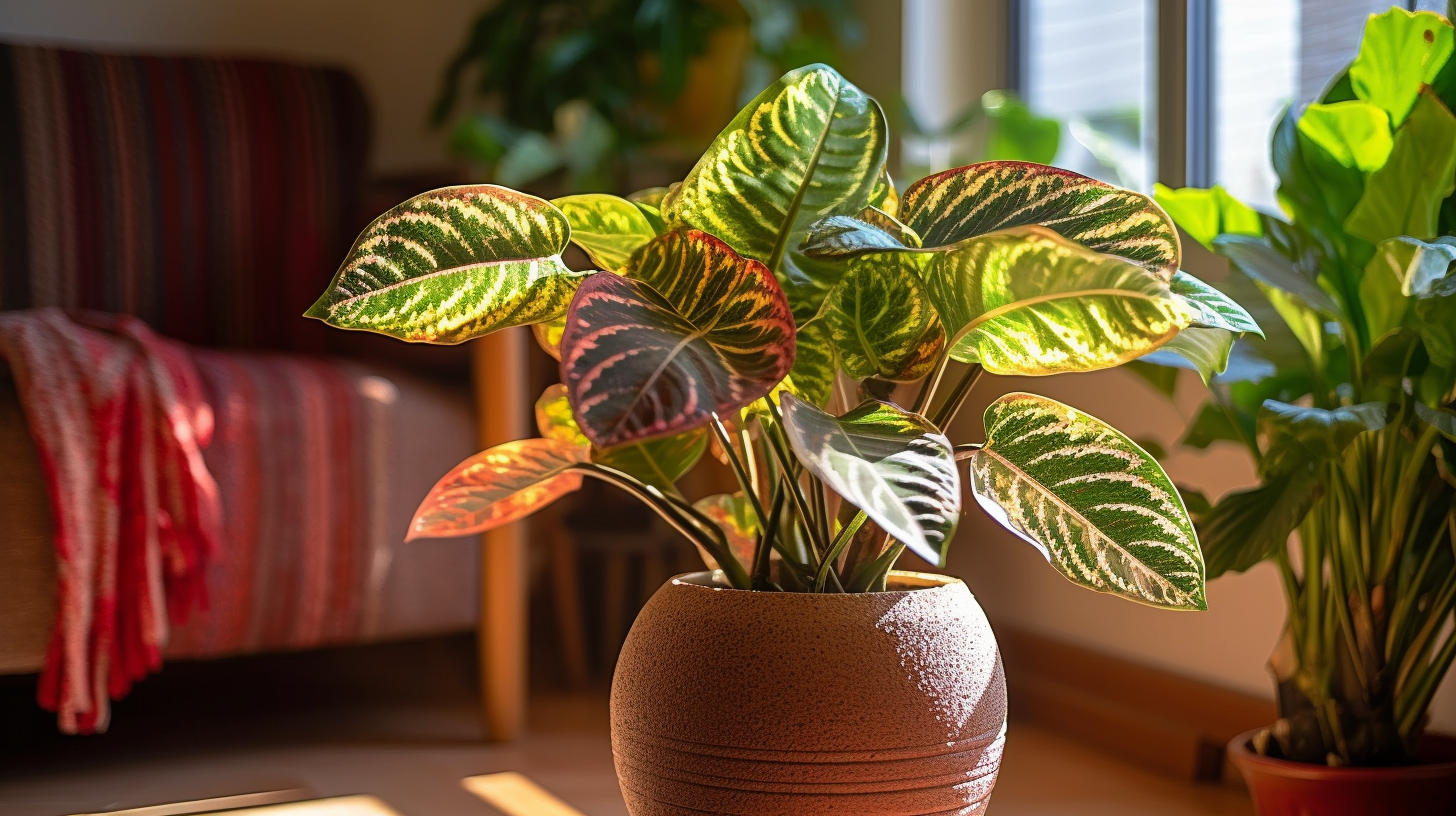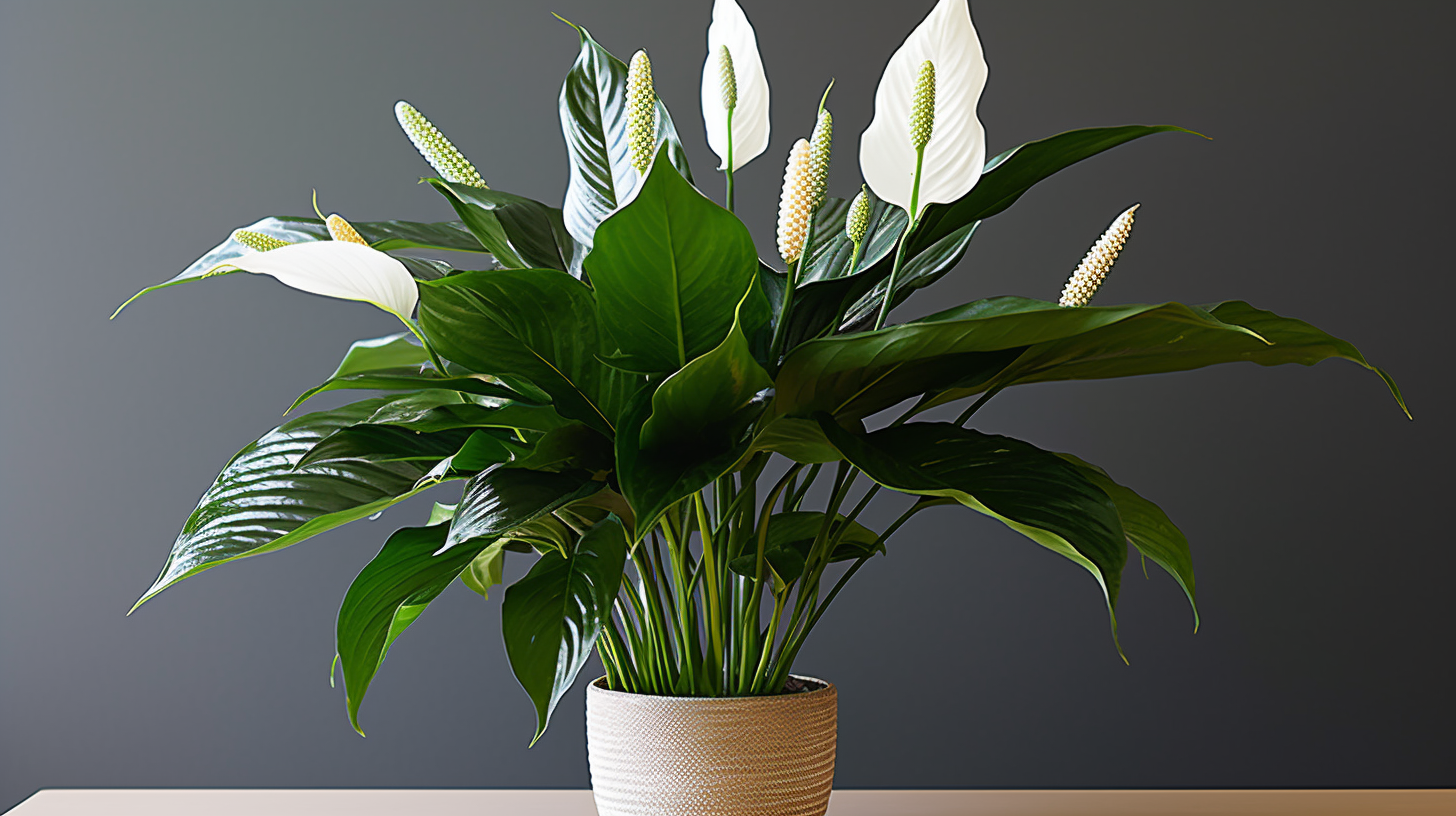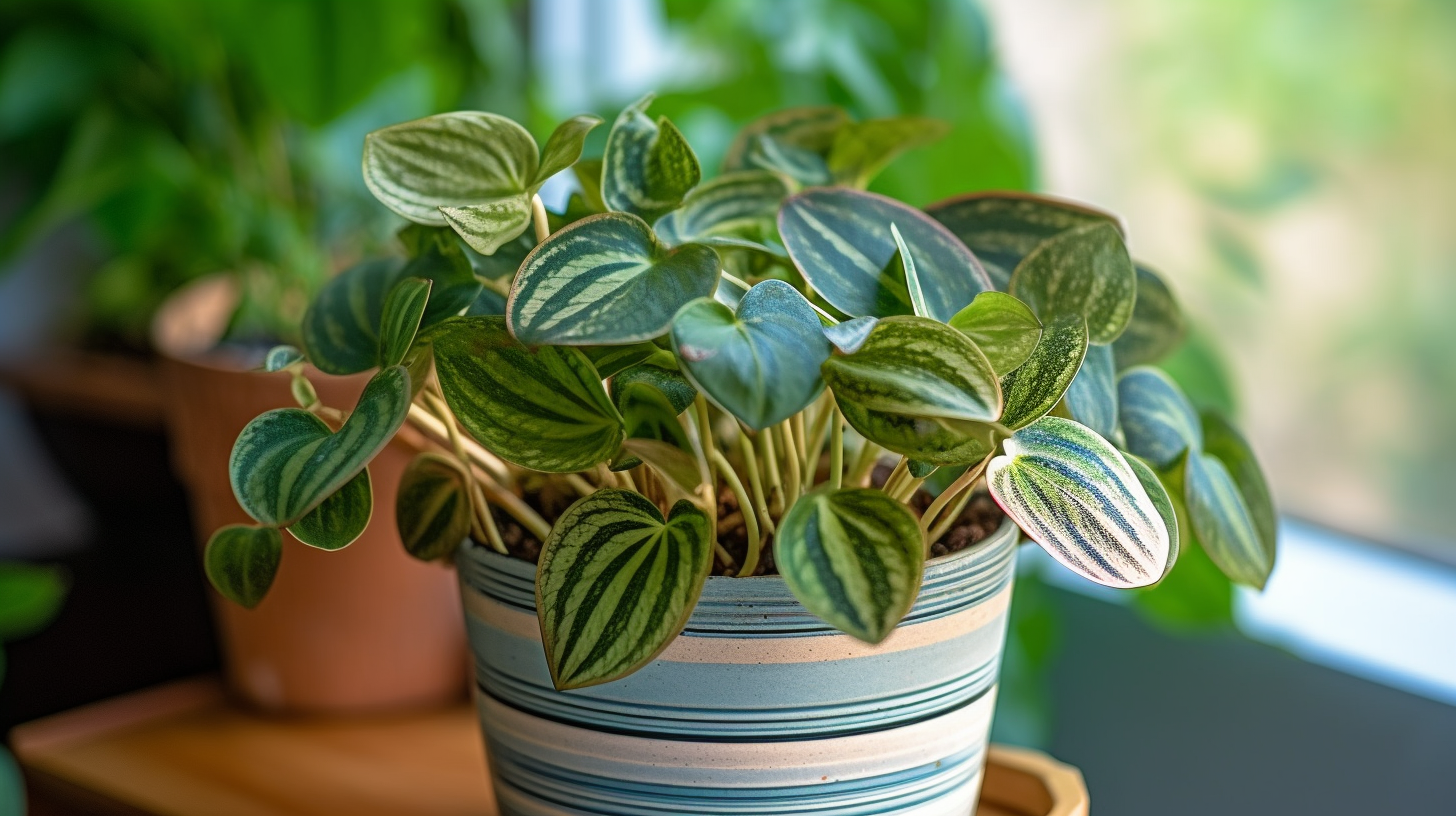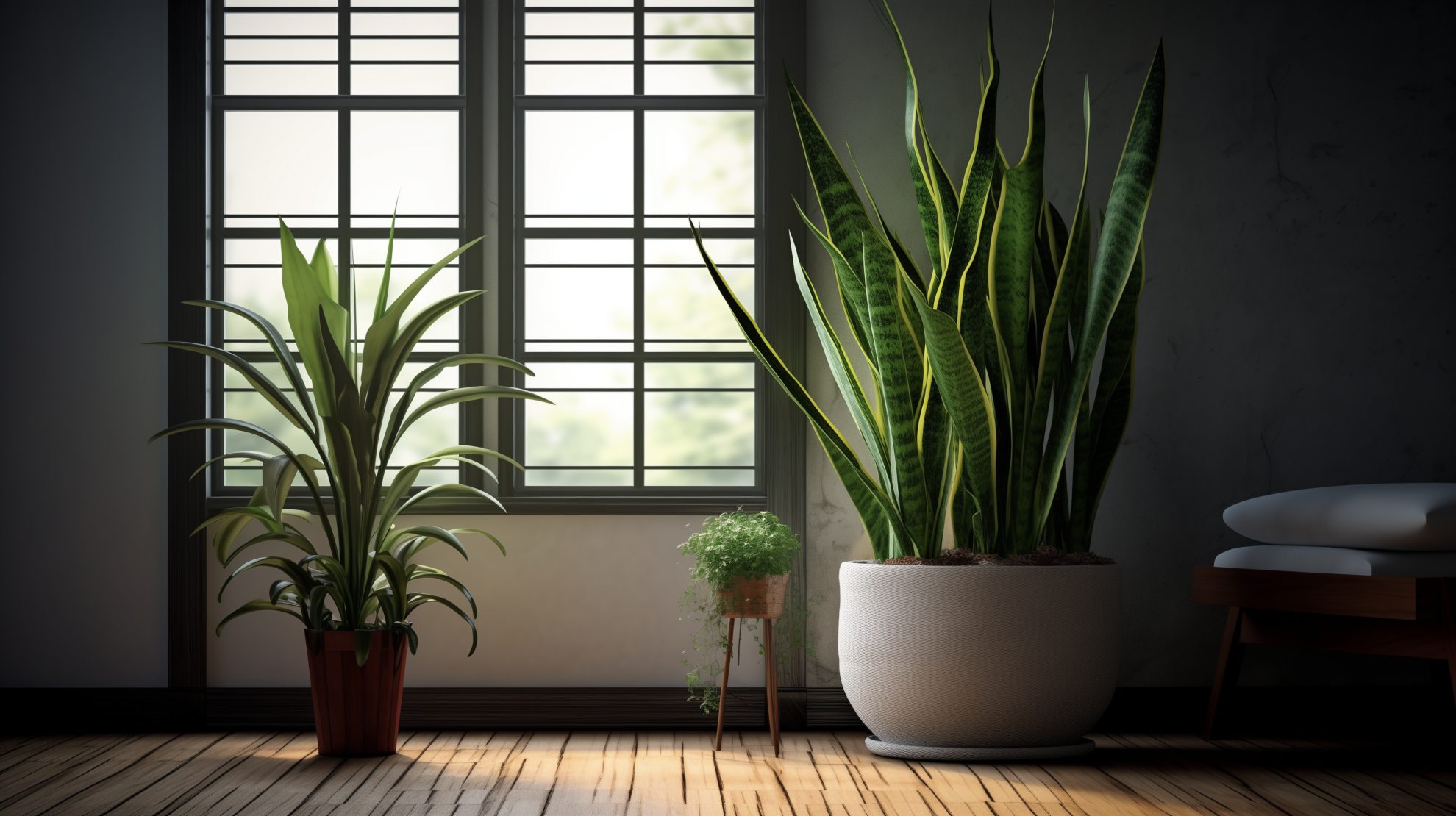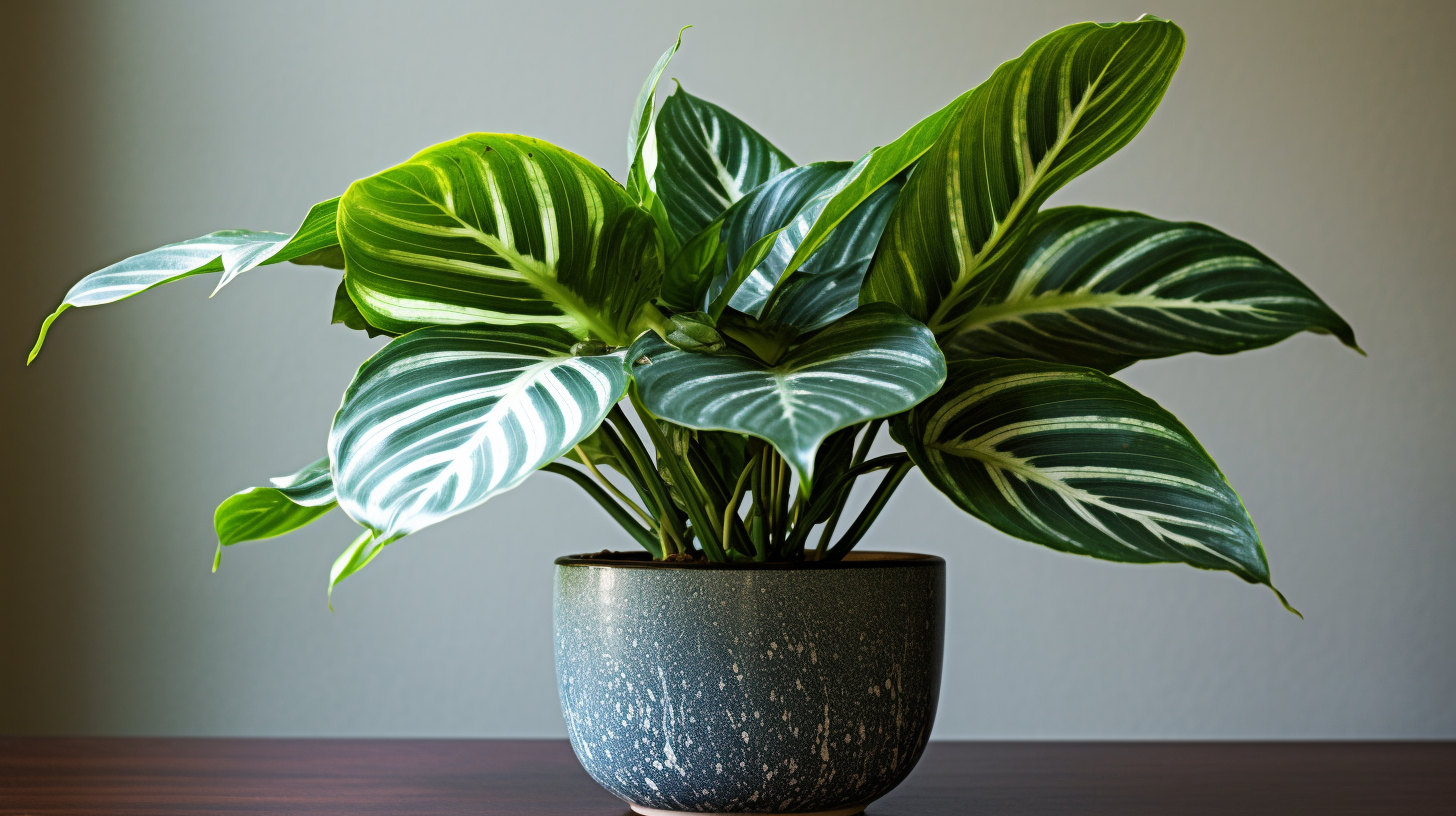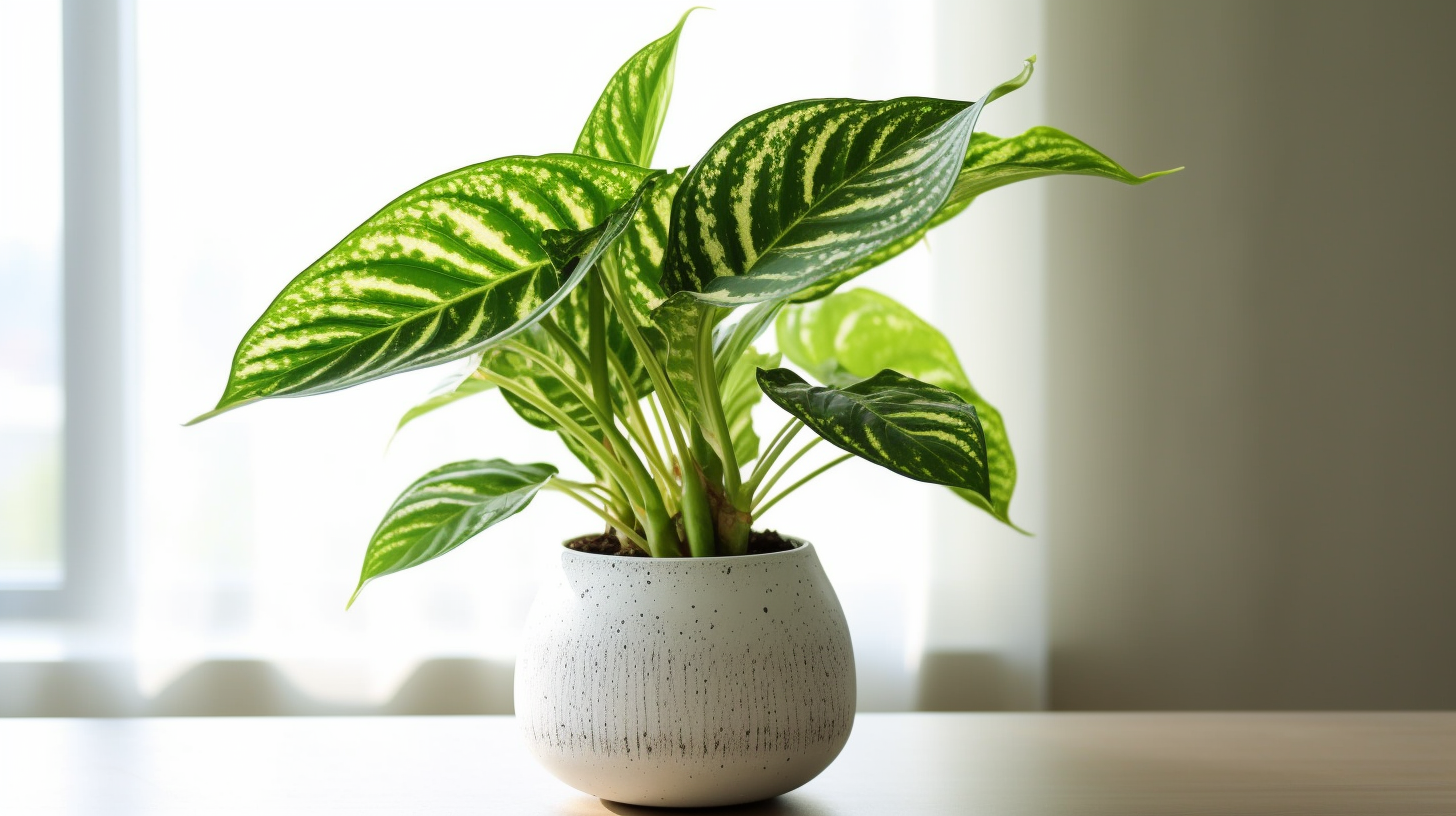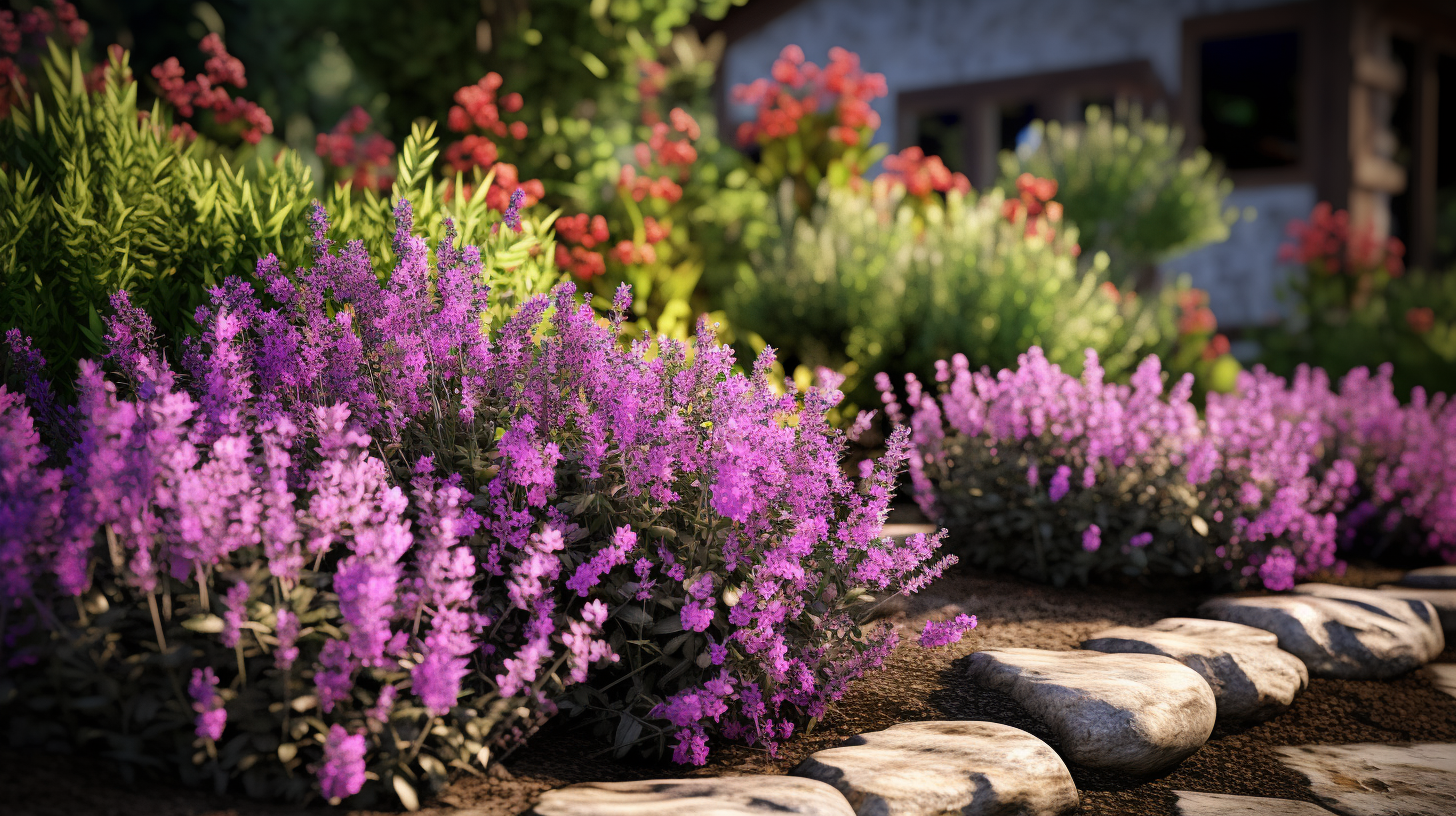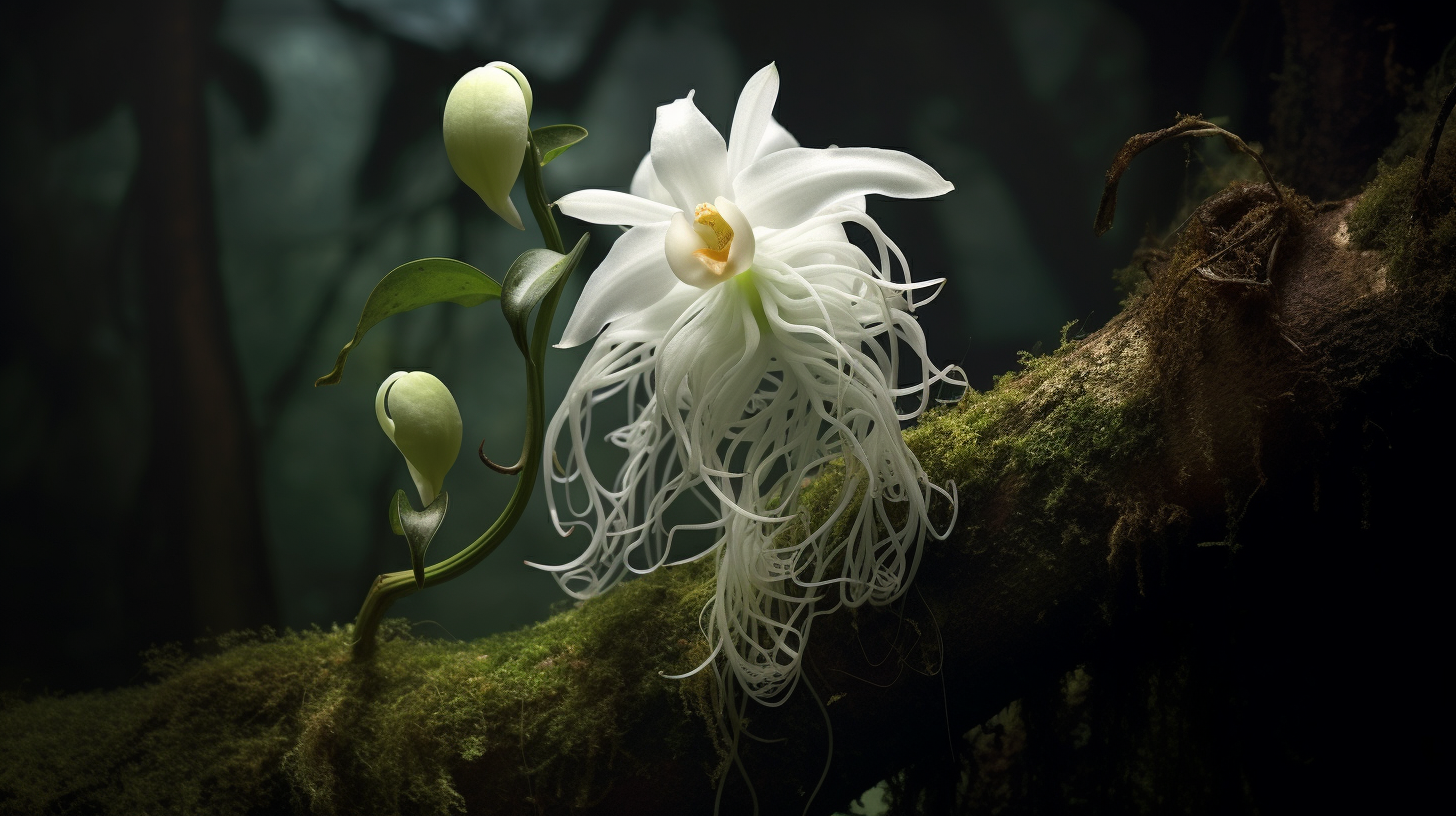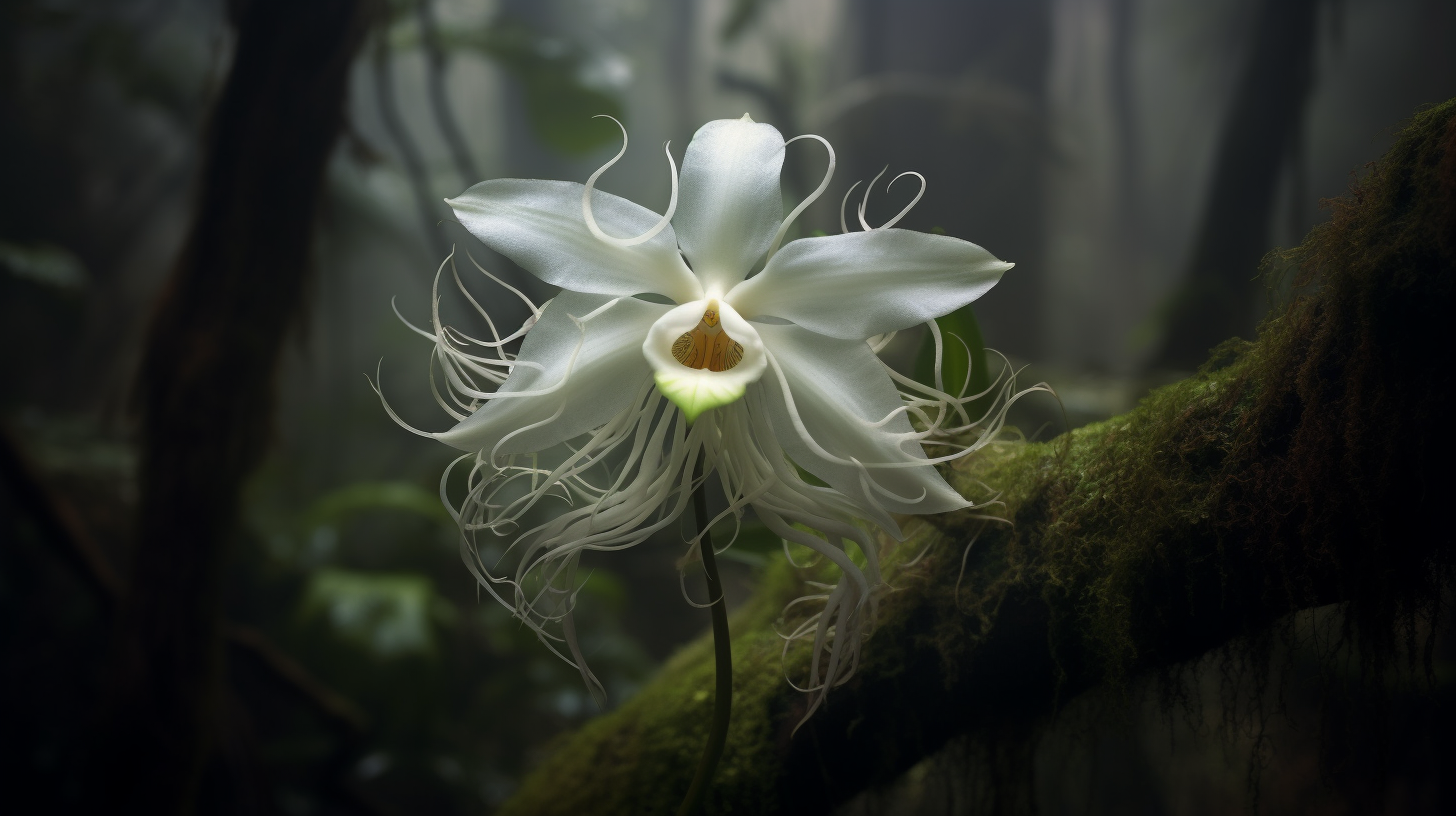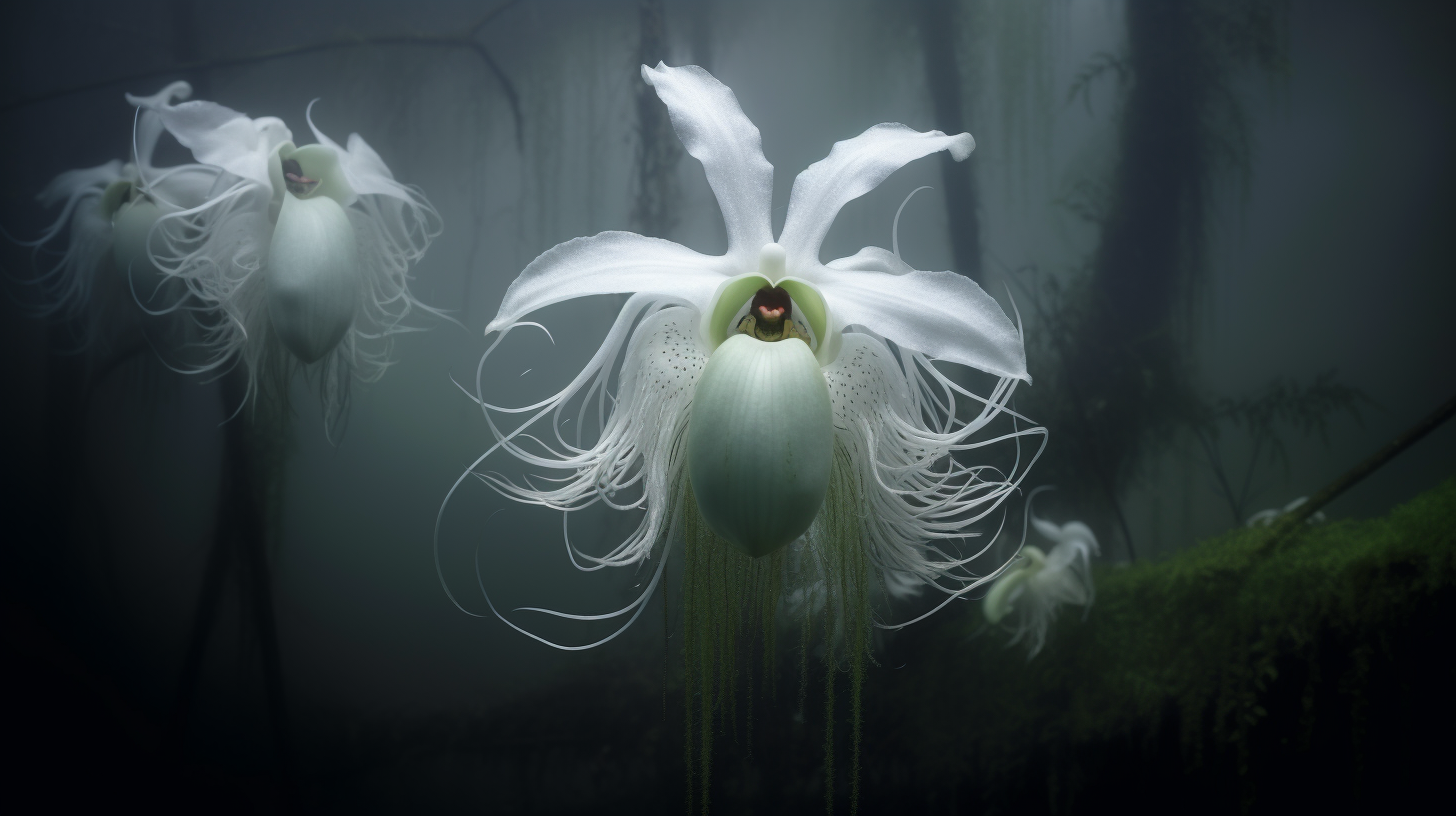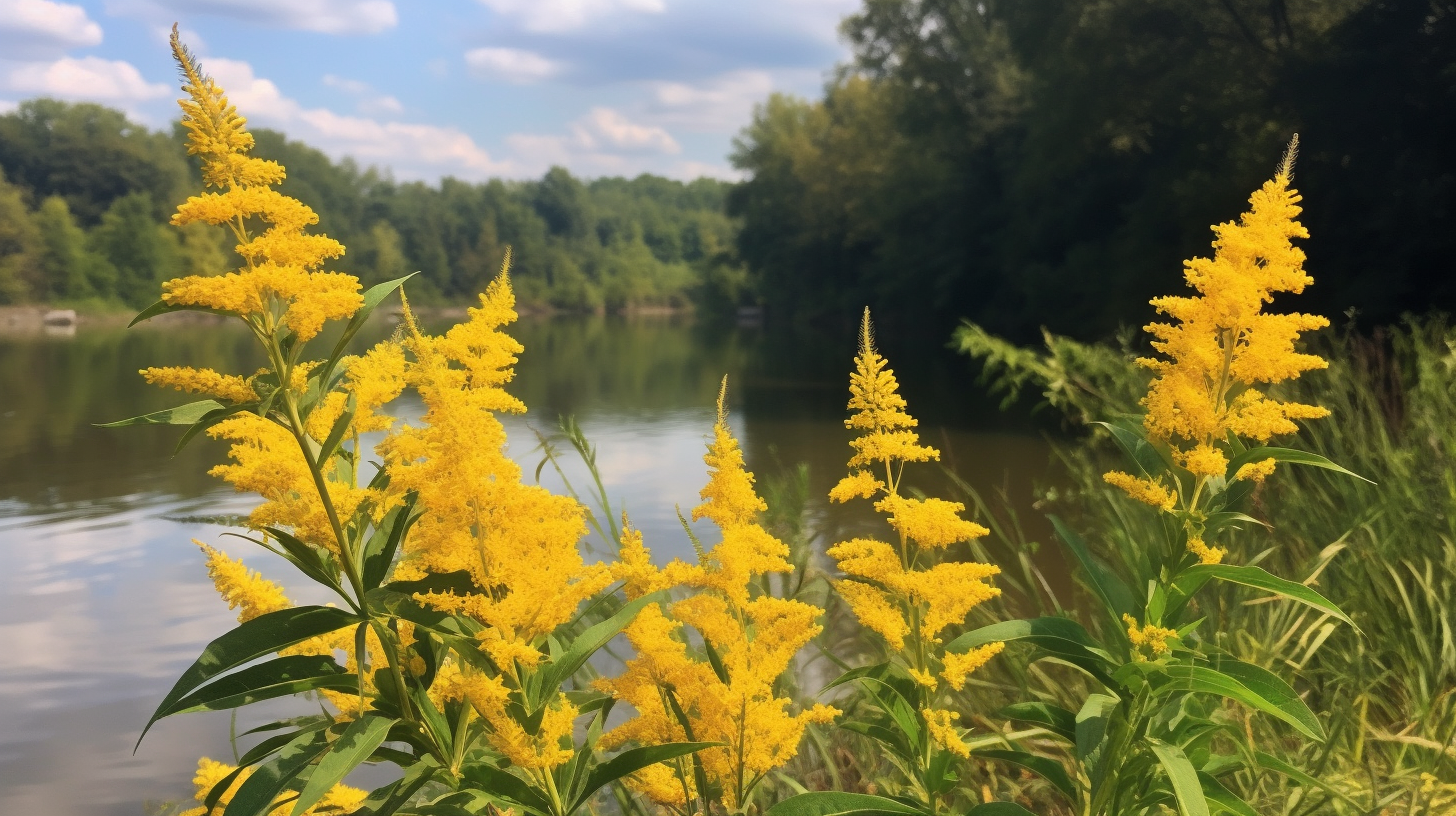In our fast-paced world, finding a space that offers tranquility and a moment to pause can be a grounding experience. A spiritual garden, more than just an arrangement of plants and pathways, provides a sacred retreat where the soul can wander, rest, and rejuvenate amidst nature. These gardens, tailored to foster meditation, mindfulness, and a sense of peace, are personal sanctuaries that reflect the inner workings of our spirits. They offer a unique opportunity for seasoned gardeners to infuse a sense of the sacred into their green space or for those seeking a peaceful haven to escape. Creating a spiritual garden is a soulful endeavor that inspires and motivates you, offering benefits such as a personal retreat and a sanctuary to connect with nature, rejuvenate your spirit, and find peace amid life’s chaos. In this blog post, Discovering Serenity: 35 Creative Ideas for Your Spiritual Garden, we shed some light on creative ideas to carve out your oasis.
You can also download our beautiful PDF Guide by scrolling below. This intensive 70-page guide is perfect for keeping on hand for quick reference!
What is a Spiritual Garden?
A spiritual garden is more than just an arrangement of plants and pathways. It is a thoughtfully curated space that embodies tranquility, beauty, and the elements of spirituality that resonate with you personally. It is a space that can transform your perspective, mood, and energy. It incorporates elements designed to facilitate meditation, reflection, and the pursuit of Zen. From the gentle sounds of a babbling brook to the silent meditation spaces ensconced in greenery, every aspect is an invitation to connect and immerse with the deeper aspects of oneself and the universe.
Discovering Serenity: 35 Creative Ideas for Your Spiritual Garden
Imagine creating your own spiritual garden, a serene oasis that serves as a personal retreat, a sanctuary where you can connect with nature, rejuvenate your spirit, and find peace amid life’s chaos. It’s not just about arranging plants and pathways but about cultivating a space that reflects your inner tranquility, spiritual needs, and your quest for peace. Let’s explore some exciting ideas for this soulful endeavor. Here are 35 creative ideas to inspire your spiritual garden:
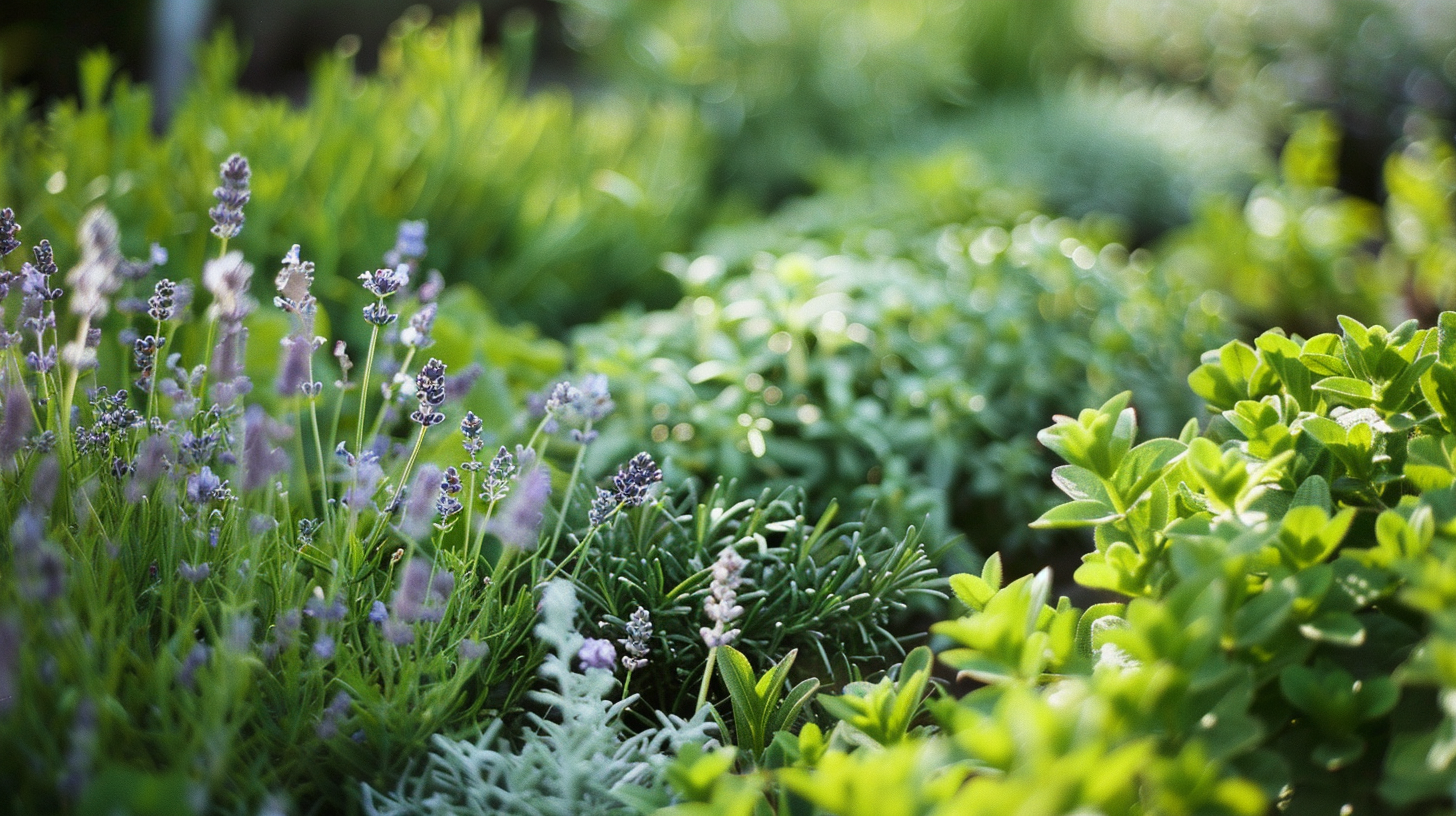
Meditation Space or Corner: Designate a quiet corner of your garden for meditation. Provide comfortable seating and shade, and surround it with calming plants like lavender and jasmine. Visualize a serene oasis nestled within the confines of your garden, where natural bamboo walls enclose a tranquil corner, crafting a secluded nook away from the bustle of the outside world. Here, the soft murmur of a water feature dances harmoniously with the gentle rustle of bamboo leaves, weaving together a captivating symphony of tranquility that permeates the air. As you enter this sanctuary, a sense of peace envelops you, washing away the day’s stresses. The bamboo walls stand as silent sentinels, offering a sense of privacy and security while allowing glimpses of sunlight to filter through their slender stalks, casting enchanting patterns on the ground below. Amidst this peaceful haven, you find yourself drawn to the water feature, its rhythmic flow akin to a soothing melody for the soul. The gentle cascade of water creates a mesmerizing dance, its surface reflecting the dappling sunlight like a shimmering mirror, inviting moments of introspection and reflection. Surrounded by the verdant hues of lush foliage and the earthy aroma of damp soil, you find solace in the simplicity of nature’s embrace. Each breath fills your lungs with the crisp freshness of the air, rejuvenating your spirit and revitalizing your senses. In this tranquil corner of your garden, time seems to stand still, allowing you to immerse yourself fully in the present moment. Here, amidst the symphony of nature’s sounds and the gentle caress of the breeze, you find a sanctuary where worries fade away, and peace reigns supreme.
Reflective Pathway: Create a meandering path using smooth stones, encouraging a walk of reflection. Line the path with benches or standing stones inscribed with inspirational quotes or words.
Raked Sand Zen Garden Sanctuary: Incorporate a small Zen garden with raked sand, pebbles, and minimalistic plantings to symbolize the minimalist approach to life. Transform a neglected garden corner into a serene Zen sanctuary, a haven of peace and tranquility. Incorporate neatly raked sand patterns to mimic water ripples, creating a landscape that invites calm and mindfulness. This Zen space can become a personal retreat for meditation, reflection, or to enjoy a moment of silent contemplation amidst the beauty of nature. This simple yet profound element is not just visually pleasing; it’s a meditation tool, helping to clear the mind as the rake moves through the sand. Embrace the principles of Japanese Zen gardens by creating a minimalist and tranquil outdoor space. This type of garden typically features carefully placed rocks, sand or gravel, and a few select plants, symbolizing elements from nature. With its simplicity and peacefulness, this garden is the perfect spot for meditation and contemplation.

Feng Shui Water Garden Features: To incorporate water’s calming and soothing sound, consider installing a small fountain or even a quaint pond in your outdoor space. This element enhances the aesthetic appeal of your garden or patio and significantly aids in relaxation and mindfulness. The gentle sound of flowing water can provide a serene backdrop for meditation, reading, or simply unwinding after a long day. Incorporating a Feng Shui waterfall and koi pond into your garden isn’t merely about aesthetics; it’s a deliberate step toward achieving harmony and prosperity. The tranquil flow of water cascading down the waterfall represents the influx of wealth and abundance into your life. Meanwhile, the presence of koi fish symbolizes endurance and resilience, traits that are highly regarded for fostering success and strength. However, the placement of these elements is paramount. Ensuring that the water flows towards your home is crucial for attracting positive energy and channeling prosperity into your living space. Yet, as with any feature of your garden, maintenance is essential. Keeping the water clean and free from stagnation is a practical necessity and a symbolic gesture toward ensuring continual growth and vitality in your life. Incorporate a water feature, such as a fountain or small pond, into your garden to create a calming soundscape that promotes relaxation. The gentle sound of flowing water has a soothing effect on the mind and can help drown out external noise, creating a peaceful environment for meditation and contemplation. In addition, the visual appeal of water in motion adds an element of tranquility to your outdoor space. So add some water features to your garden and transform it into a spiritual sanctuary that nourishes the soul!
Labyrinth: Create a labyrinth maze by carefully designing pathways with low hedges or arranging stones on the ground. This intricate design adds aesthetic value to a space and serves a deeper purpose. Walking through a labyrinth is an ancient practice used across various cultures for centuries as a form of meditation and a tool for spiritual growth. The winding paths lead to a central point, guiding walkers on a physical and metaphorical journey inward, encouraging introspection, and providing a peaceful break from the outside world. So consider constructing a labyrinth in your garden by carefully arranging hedges or stones in a winding path. This ancient symbol has been used for centuries as a tool for meditation and self-reflection, with its intricate design representing life’s journey and the search for inner peace and enlightenment.
Bamboo Grove: Consider planting a secluded bamboo grove to transform your garden into a sanctuary of peace. The gentle rustling of bamboo leaves, as they sway in the wind, crafts a naturally meditative soundscape. This serene auditory experience can help create a tranquil retreat in your backyard, offering an escape from the bustle of daily life.
Herb Spiral or Herb Garden: A meticulously designed spiral garden with various aromatic herbs serves multiple purposes. It acts as a striking focal point in any outdoor space, drawing the eye with its unique shape and the vibrant greenery of the herbs. Beyond its aesthetic appeal, this garden becomes a practical place for cultivating an array of herbs used in cleansing rituals and culinary practices, offering a fresh, organic source for enhancing meals and home environments. You can also create a practical herb garden with the same principle that includes a variety of fragrant herbs in your garden, such as lavender, Rosemary, and mint. These plants add beauty and color and provide a calming aroma that aids relaxation and promotes well-being. You can use these herbs for herbal teas or infuse them into oils for aromatherapy, further enhancing your outdoor meditation experience. Creating a natural oasis with plants such as lavender, Rosemary, and chamomile can bring tranquility to your space. Regular care and the right climate conditions ensure these plants thrive and maintain their beauty. Gardening enthusiasts seeking a serene garden must prioritize plant health and aesthetics through consistent maintenance.

Scented Garden: Create a special section in your garden dedicated exclusively to highly fragrant flowers and aromatic herbs that captivate the senses and significantly enhance the meditation experience. By selecting plants known for their strong scents, you can transform this area into a serene oasis that invites relaxation and mindfulness, making it the perfect retreat for moments of contemplation and peace.
Sunlit Yoga Oasis Platform: Consider crafting a tranquil oasis in your garden by adding a flat, stable surface dedicated to your yoga practice. Picture yourself flowing through poses enveloped by nature’s embrace, with your garden’s soothing sounds and stunning sights elevating your yoga journey to new heights.
Prayer Niche: Create a secluded space in your home by setting aside a private area equipped with an altar or a statue. This will serve as a central focal point dedicated to prayer and spiritual reflection, providing a peaceful sanctuary for moments of tranquility and personal contemplation.

Moon Garden: To craft a magical garden that truly comes to life under the glow of moonlight, consider planting various white and night-blooming flowers. These plants, such as moonflowers, jasmine, and gardenias, will illuminate your garden, creating an enchanting ambiance perfect for nocturnal meditation and relaxation. This serene setting provides a tranquil retreat for those seeking peace and calm in the stillness of the night. Plants in hues of white and silver, like moonflowers, silver thyme, and dusty miller, mirror the moon’s soft glow, transforming any space into a serene sanctuary. This unique space can transform into a tranquil and magical retreat, where the blooms and leaves shimmer under the moonlight, providing a calm and enchanting atmosphere perfect for evening relaxation and contemplation.
Sacred Symbols: Consider utilizing your garden’s unique layout to craft spiritual symbols that resonate with your beliefs and values, such as a mandala representing the universe or a Celtic knot symbolizing the interconnectedness of life. These symbols can serve as a daily reminder of your spiritual journey and help create a space of meditation and reflection in your own backyard.
Bird Sanctuary: To create a lively and peaceful garden, consider incorporating bird feeders and planting native species. These additions attract various birds, whose presence and melodious songs enrich your outdoor space. Not only does this promote biodiversity, but it also allows you to observe these beautiful creatures up close. Invite feathered friends into your garden with food, water, and shelter. The soothing sounds of birds singing and fluttering around can create a serene and peaceful atmosphere, perfect for meditation or simply enjoying the beauty of nature. You can also research which plants attract specific bird species, further enhancing the biodiversity of your garden.

Rock Garden: Collect a diverse assortment of rocks and stones, ranging from small pebbles to large boulders, each with a unique shape, color, and texture. These elements will be used to construct a rock garden meticulously. This garden will not only serve as a tranquil outdoor escape but also as a symbolic representation of the enduring nature of the spirit, illustrating how strength and beauty can withstand the test of time.
Tree Circle: Consider planting a circle of trees to create a secluded and sacred grove, perfect for meditation, gatherings, or simply enjoying moments of peace alone. This circle can serve as a natural sanctuary, offering a serene atmosphere where the hustle and bustle of the outside world fades away, allowing for introspection, tranquility, and a deep connection with nature.
Singing Bowls Nook: Create a tranquil space dedicated to sound healing and meditation, featuring Tibetan singing bowls as the centerpiece. These bowls produce gentle and soothing vibrations that resonate deeply, promoting a state of calmness. The harmonious sounds can significantly reduce stress and anxiety, offering a unique pathway to tranquility and mental clarity. Engaging with these ancient instruments allows for a deeper connection with oneself, fostering a serene environment ideal for meditation and personal reflection.
As William Blake once said, “To see a world in a grain of sand / And heaven in a wild flower / Hold infinity in the palm of your hand / And eternity in an hour.” May your spiritual garden reflect the infinite beauty and peace within you. Let it be a constant reminder to slow down, breathe, and find solace in the simplicity of nature. So go ahead and start planning and creating your own personal oasis!

Mandala Garden: Consider creating a captivating circular garden with intricate designs, drawing inspiration from the symbolic patterns often found in mandalas. You can achieve this unique aesthetic by thoughtfully arranging various flowers, carefully selected stones, and perhaps even colored mulch to bring the intricate patterns to life. This approach adds a visually appealing element to your outdoor space and imbues it with a sense of harmony and tranquility found in mandala art.
Wildflower Meadow: Allow an area of your garden to grow wild and untamed, attracting pollinators and providing a natural space for meditation. This wildflower meadow can connect with the land and its diverse ecosystem, promoting a deeper understanding and appreciation for nature. Flowers’ vibrant colors and diversity will add beauty to your garden, serving as a peaceful place to relax and reflect.
Wind Chimes: Consider hanging wind chimes throughout various parts of your garden. The soft, melodious tones they emit as the breeze caresses them can significantly aid in achieving a deeply meditative state. This harmonious backdrop enhances the aesthetic appeal of your garden and promotes a sense of peace and tranquility, making it the perfect retreat for reflection and relaxation.

Sensory Path: Create a path with different textures, such as pebbles, wood chips, and soft moss, on which you can walk barefoot, grounding yourself with every step. This sensory experience connects you with the earth and promotes mindfulness and relaxation. As you walk along the path, focus on the sensations under your feet and allow yourself to be fully present in the moment.
Secret Garden: Create a hidden spot in your garden, surrounded by lush foliage or trellises, where you can escape from the outside world and immerse yourself in a peaceful oasis. This secluded area can serve as a personal sanctuary for meditation, reading, or enjoying moments of solitude and reflection.
Tea Garden: Cultivate a tea garden with herbs like chamomile, mint, and lavender for calming herbal teas. Enjoy the peaceful ritual of harvesting and brewing your own tea. Imagine yourself comfortably seated, sipping your calming tea amidst the breathtaking beauty of radiant Japanese maples. Their leaves, in hues of fiery reds and calm greens, whisper ancient stories as they dance in the gentle breeze. Designing a tea ceremony area in this serene shade provides a visual feast for the eyes and creates a spiritual retreat, connecting you with the tranquil rhythms of nature. In making this peaceful oasis, it’s essential to consider the careful placement of each maple tree. These majestic beings require sufficient space to flourish, their roots spreading wide and their branches reaching the sky. Respecting their growth patterns and seasonal needs is crucial for achieving a harmonious natural display that changes with the seasons, offering a dynamic backdrop to your tea ceremony space. Furthermore, integrating elements like moss-covered stones, gently babbling water features, and rustic wooden benches can enhance the sense of serenity and immersion in nature. Each element should be thoughtfully positioned to complement the maples, adding layers of texture and sensory experiences to your retreat. By paying attention to these details, you create not just a visually stunning garden but a sanctuary that nourishes the soul, invites mindfulness, and celebrates the beauty of nature in every leaf and sip of tea.

Gazing Ball: Place a gazing ball in your garden to serve as a focal point and reflect the surrounding beauty. Its reflective surface can also create a sense of depth and openness, adding to the tranquil ambiance of your garden. Add a comfortable bench or seating area in your garden, where you can sit and fully immerse yourself in nature’s sights, sounds, and scents while meditating or simply taking a moment to connect with your inner self.
Sunrise Viewpoint: Choose a tranquil spot in your home bathed in the gentle glow of the morning sun. This setting will create the perfect ambiance for dawn meditations and reflections. This serene setting will enhance your meditation experience and help you start your day with a sense of peace and rejuvenation.

Koi Pond: Consider integrating a koi pond into your garden or outdoor space to observe the serene movements of the koi fish. This practice is aesthetically pleasing and is known to reduce stress and promote peace and tranquility significantly. Watching the gentle swim patterns and vibrant koi colors can provide a meditative experience, making it a perfect addition to creating a calming and peaceful environment.
Native Plant Medicinal Conservatory: To foster a natural ecosystem and forge a deeper connection with the land’s inherent spirit, consider dedicating a specific area of your garden or property to native plants. By doing so, you contribute to the preservation of local flora and invite a diverse range of wildlife into your space, creating a living, breathing testament to the beauty and resilience of the region’s original ecosystem. Introducing a Native Spirit Healing Circle in your garden is not merely following a trend; it represents a profound and transformative quest toward wellness and connection with nature. When surrounded by local medicinal plants, this sacred space transforms into a source of health and tranquility. Why not embrace the beauty and utility of these plants? Consider incorporating a ring of echinacea, widely recognized for its immune-boosting properties, or lavender, which is celebrated for its ability to calm the mind and soothe the soul. Adding these plants enhances the circle’s aesthetic appeal and contributes to its healing ambiance. Maintaining this circle requires nurturing these plants, which demands some dedication from the green thumb. However, the rewards of such a commitment are substantial. The payoff in peace, health, and spiritual well-being is immense. As this space becomes enveloped in lush greenery, it becomes a natural sanctuary for healing and rejuvenation. It offers a unique opportunity to connect deeply with the earth and its life-giving energies. Imagine sitting within this circle, surrounded by the vibrant hues of nature, breathing in the fragrant air, and listening to the gentle hum of pollinators at work. You may find yourself enveloped in a sense of vitality and wellness, your spirit renewed by nature’s soothing and restorative effects as this healing circle becomes more than just a part of your garden; it becomes a pivotal space for personal restoration and connection with the natural world, a place where body, mind, and soul can flourish in harmony with the earth’s rhythms.
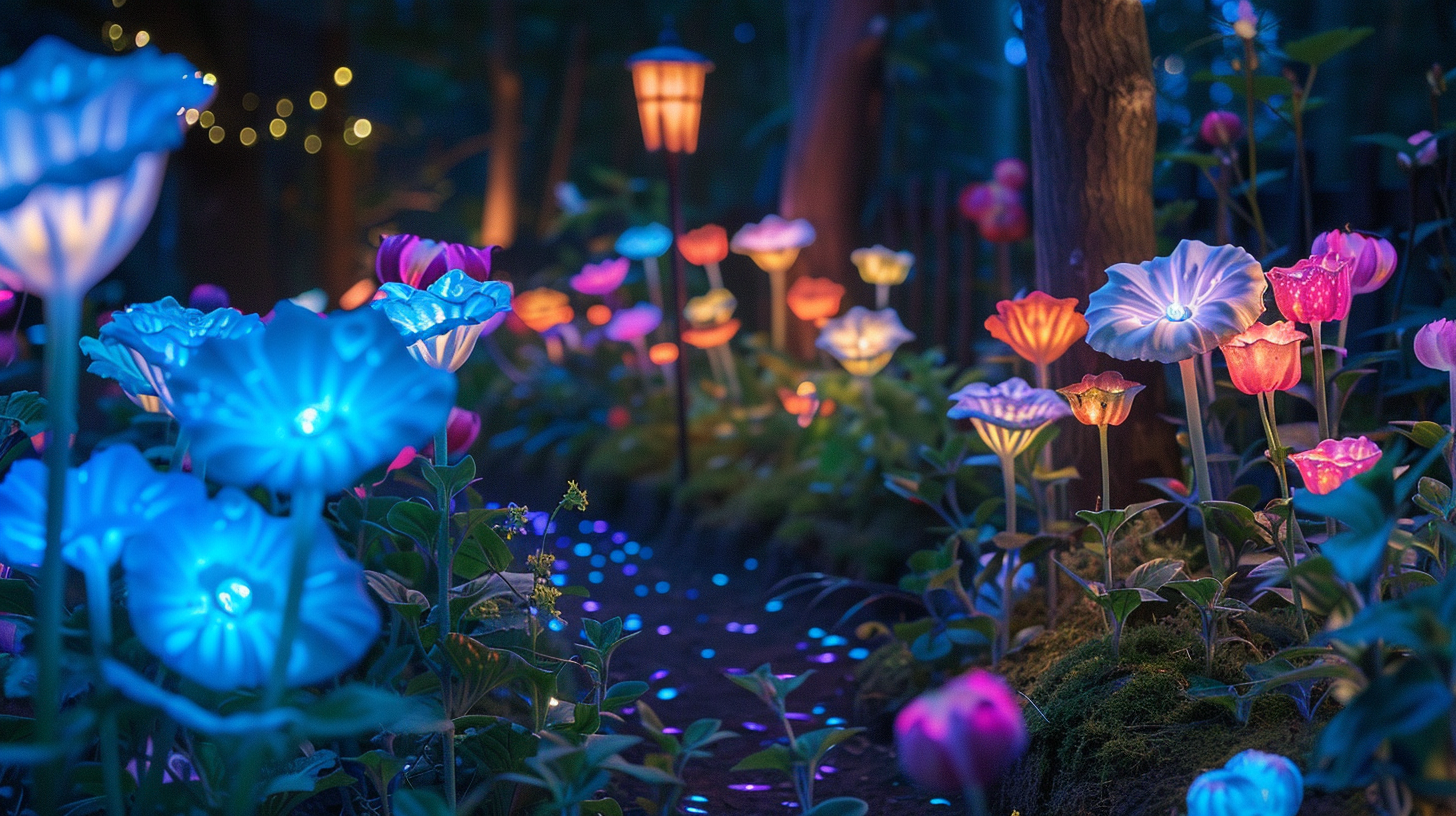
Glowing Night Garden: Transform your backyard into a captivating, ethereal night garden using phosphorescent plants, a choice that beautifully merges wonder with tranquility. By introducing glow-in-the-dark plants such as genetically modified petunias or naturally luminescent mushrooms, you provide a soft, otherworldly light that turns each evening into an enchanting encounter with the magical. The bioluminescence of these plants introduces a gentle, fairy-tale-like glow to your garden, creating a space where imagination and peace coexist. However, it’s essential to remember that some glowing plants might require specific care or environmental conditions to thrive or need more vibrant light than artificial lighting. Therefore, research and planning are essential to ensure these unique botanicals can flourish in your garden. Consider integrating various outdoor lighting options and plants into your garden design to enhance the magical ambiance. Softly glowing lanterns, twinkling string lights, and subtle spotlights can complement the bioluminescent glow of your plants while also providing additional illumination and creating a serene space for evening strolls or late-night meditations. This carefully orchestrated combination of natural and artificial light sources will transform your garden into a magical, luminous sanctuary that can be enjoyed even after the sun has set. Incorporating elements such as reflective surfaces, water features, or mirrored garden ornaments can also amplify the enchanting effects of your lighting choices, creating a dazzling display of light and shadow that further enhances the beauty and mystique of your night garden. Whether you’re looking to create a space for quiet reflection or a stunning backdrop for nighttime gatherings, a thoughtfully designed night garden offers endless possibilities for magical evening experiences.
Outdoor Library: Consider incorporating a weatherproofed bookshelf in your outdoor or indoor space, stocked with a carefully curated selection of spiritual readings, poetry, and journals. This setup is designed to inspire moments of reflection and introspection, inviting users to explore more profound thoughts and emotions through the written word.

Fire Pit for Rituals: Consider creating a dedicated safe space for a fire pit within your outdoor area. This versatile feature can enhance evening meditations, be a focal point for rituals, or provide a cozy spot for stargazing and unwinding under the night sky. Ensure it’s designed with safety and comfort in mind, making it a perfect addition to any evening routine. Paradise Landscape and Hardscapes specializes in fire pit installation and design! Contact us today to get started on your Fire Pit project!
Butterfly Garden: Plant milkweed and other nectar-rich flowers to attract butterflies, symbolizing transformation and spiritual renewal. The peaceful fluttering of these gentle creatures can serve as a reminder to slow down and appreciate the present moment. Plus, their colorful presence adds a touch of beauty and whimsy to any outdoor space.

Color Therapy Chakra Plant Garden: A color therapy Chakra garden is one of our favorites. Imagine entering your garden to find a burst of colors pleasing to the eye and resonating with your inner energy. A plant arrangement inspired by chakras incorporates vibrant, color-coded plants aligned with each chakra, fostering balance and serenity. From the fiery reds representing the root to the calming violets symbolizing the crown, each element finds its harmonious place within the arrangement. Picture the vibrant reds, calming blues, and sunny yellows blending together in a beautiful tapestry that reflects your mood and enhances your well-being. Each flower, with its unique hue, contributes to a visual symphony that uplifts your spirit and connects you with the natural world in a profoundly personal way. This isn’t just a garden; it’s a sanctuary where every color tells a story, and every petal promises tranquility. Yet, maintaining such a garden demands a commitment to proper care and placement to harness its potential.
Sacred Geometry in Garden Beds: Transform your garden into a visually stunning and tranquil sanctuary by incorporating sacred geometry into your flower bed designs. Sacred geometry, an ancient art form, utilizes patterns found repeatedly throughout nature and is thought to symbolize profound spiritual truths. By integrating these geometric patterns into your garden, you can create a space that captivates the eye with its beauty and serves as a meditative retreat, inviting contemplation and inner peace. This approach to garden design connects us with the natural world on a deeper level, making our outdoor spaces places of aesthetic pleasure and spiritual enrichment. Consider using a hexagonal honeycomb design or a spiral pattern inspired by the Fibonacci sequence for an eye-catching layout. These stunning, intricate designs require careful planning and may be more labor-intensive. Incorporating unique patterns like these can elevate your project’s aesthetic, making it stand out in a competitive landscape.

Crystal Garden Inspiration: Quartz & Amethyst: Transform your garden into a mystical retreat by incorporating crystals and gemstones into the design. Quartz, known for its amplifying properties, can be placed strategically around plants to enhance their growth and vitality. With its calming energy, Amethyst can create a peaceful atmosphere in your garden, perfect for meditation and relaxation. Placing these crystals in your outdoor space adds a touch of beauty and promotes a deeper connection with the earth’s healing energy. You can also create a crystal grid within your garden, using various crystals and sacred geometry to amplify their energies and create a harmonious flow throughout the space. Transform your garden into a tranquil retreat by adding a serene corner adorned with quartz and Amethyst. Known for their calming energies, these crystals are ideal for creating a peaceful garden oasis for contemplation and relaxation. Are you ready to enhance your outdoor space with these beautiful, energy-emitting stones for the perfect garden sanctuary? Place smooth quartz stones along pathways or around seating areas for a tranquil ambiance. Amethyst clusters can be positioned to catch the sunlight, casting a peaceful, purple glow as the day ends.
Tranquil Vines & Lantern Pavilion: Add a vine-covered pavilion to your garden for elegance and serenity. Vines like wisteria or jasmine can create a fragrant, calming atmosphere while providing shade and privacy. Adding lanterns or string lights can enhance the ambiance, creating a peaceful retreat for evening relaxation. This feature is perfect for outdoor dining or hosting intimate gatherings with loved ones, making your garden a unique and inviting space for connection and serenity. Imagine winding through a lush, vine-entwined path that leads to a tranquil Peace Pavilion nestled in the heart of your garden as your personal spiritual retreat. This path, vibrant with the greenery of nature, is alive with the whisper of leaves and the soft, earthy scent of the soil beneath your feet. As you step closer, draped with fragrant jasmine, whose sweet perfume fills the air, you’re welcomed by the sight of softly glowing hanging lanterns. These lanterns cast a gentle, inviting light, creating a magical ambiance that beckons you into a world of deep reflection and serenity. The Peace Pavilion is a tranquility marvel designed for those moments of quiet contemplation or meditative silence that we often seek in our chaotic lives. Its simple structure harmonizes beautifully with the natural surroundings, featuring elements that enhance the sense of connection to nature.
The soft murmur of a nearby water feature complements the scene, adding to the overall sensation of peace. Around this enchanting retreat, the garden is carefully cultivated yet appears effortlessly wild, hosting a variety of plants that attract hummingbirds and butterflies, adding a lively yet serene dynamism to the area. The ambiance it creates is profoundly influential in inviting stillness into one’s soul.
Although maintaining this idyllic setting, especially keeping the vines controlled, may require regular upkeep, the effort is minimal compared to the oasis of calm it offers. Though vigorous in their growth, the vines are part of the pavilion’s charm, requiring a delicate balance of care to ensure they enhance rather than overwhelm the space. Therefore, this corner of your garden becomes more than just a physical space; it transforms into a sanctuary for the mind and spirit, a haven where the world’s worries seem to dissolve, leaving behind a profound sense of peace and well-being. The ambiance it creates, enriched with the natural beauty and the subtle play of light and shadow, is worth every effort, offering a timeless escape into serenity.

Zodiac-Inspired Planting Ideas: Astrological planting offers a unique and intriguing gardening method, blending the ancient wisdom of the stars with the earthy pleasure of cultivating your own space. It tantalizes those with a green thumb by adding a cosmic flair, suggesting that aligning your garden’s growth phases with the astrological signs can invite harmony and prosperity. Imagine the delight of aligning the vibrant colors of snapdragons under the communicative sign of Gemini to enhance dialogue and connectivity in your life or planting hearty root vegetables like carrots and beets under the steadfast and reliable influence of Taurus, aiming to bring stability and strength to both your garden and personal energy. While it’s true that the scientific backing for astrological planting is light, and skeptics might raise their eyebrows, the enriching personal touch it adds to your garden story is undeniable. Incorporating astrological elements transforms your space from just a plot of soil into a reflective mirror of the celestial dance overhead, making it a personal sanctuary that resonates with the universe’s rhythms. This practice not only enriches the aesthetic beauty of your garden but also imbues it with a sense of magic and connection to the cosmos, bridging the gap between the earth and the stars in a harmonious blend of nature and mysticism.
Designing a spiritual garden is a fulfilling way to create a space that supports your spiritual practice and connects you to the natural world. Remember, the most important aspect is that it reflects your personal spiritual path, offering a place of solitude and peace. Whether you start with a single meditation corner or plan an elaborate garden with all these elements, each step is a step towards serenity.
Imagine stepping into your backyard, transformed into a tranquil oasis. A spiritual garden, a serene space where every plant and pathway offers peace and introspection. Isn’t the thought of reconnecting with nature in your personal haven appealing?
What are Some Common Plants Used in Spiritual Gardens?
Examples of the many plants incorporated into spiritual gardens for their symbolic meanings, fragrances, and perceived energetic properties are listed below for ideas and reference are common plants often used in spiritual gardens:
- Sage (Salvia officinalis) Sage is considered a sacred herb with purifying and cleansing properties. It is commonly used for smudging rituals to clear negative energies. Sage is believed to promote wisdom, mental clarity, and spiritual grounding.
- Lavender (Lavandula) is valued for its calming and relaxing fragrance. It is thought to reduce stress, induce sleep, and promote peace and serenity. Lavender is also associated with rest, purification, and devotion.
- Rosemary (Rosmarinus officinalis) Rosemary has long been considered a sacred herb linked to remembrance and mental clarity. It is believed to enhance focus during meditation and spiritual practices.
- Jasmine (Jasminum) The intoxicating fragrance of jasmine is associated with love, sensuality, and enhancing one’s mood. It is thought to open the heart chakra and promote spiritual connections.
- Basil (Ocimum) Holy basil (Ocimum tenuiflorum) is revered in Hinduism and considered a manifestation of the goddess Tulsi. It is believed to promote spiritual enlightenment and personal growth.
- Thyme (Thymus vulgaris) Thyme is believed to bring good luck, shield against negative energy, and have cleansing properties. It is associated with courage, strength, and purification rituals.
- Peppermint (Mentha x piperita) Peppermint is thought to revive hope, deter bad vibes, and enhance alertness during meditation. Its refreshing aroma is believed to uplift the spirit.
- Aloe Vera (Aloe barbadensis miller) Aloe vera is valued for its purifying and protective qualities. It is believed to create a barrier against negative energy and promote a sense of peace.
Creating such a sanctuary isn’t just about beauty; it involves the thoughtful selection of elements that soothe the soul. Consider harmonious arrangements of plants mixed with elements like water features and wind chimes. By incorporating these elements, you can create a space that aids meditation, contemplation, and self-discovery. So why not design your own spiritual garden? Allow nature to guide you as you embark on this journey of creating a peaceful sanctuary for yourself. Let your personal interests and spiritual practices shape the garden into a reflection of your inner self. And most importantly, remember to take a moment to be in this space, connecting with nature and finding peace within.
Designing and cultivating your spiritual garden can also serve as a form of meditation, allowing you to fully immerse yourself in the present moment and find serenity through the act of creation.
So whether you are drawn to a Zen garden, a labyrinth, or an astrological planting arrangement, let your imagination and intuition guide you in creating the perfect spiritual garden. With each step towards designing and nurturing this space, may you find a deeper connection to yourself, nature, and the universe.
Paradise Landscape and Hardscape is a premier landscaping company in Annapolis, Maryland. We are dedicated to providing the best landscape design services at affordable rates. Team Paradise specializes in creating beautiful outdoor spaces for residential and commercial properties. Call us today at (443) 458-8858 to schedule your consultation!
Or, fill out our short form by clicking the REQUEST ESTIMATE button below to get started!
Sources:
https://www.colwynn.com/spiritual-plants/
https://www.floweraura.com/blog/plants-care-n-tips/top-10-spiritual-plants
https://balajinursery.org/10-plants-that-hold-spiritual-benefits/
https://www.clickandgrow.com/blogs/news/5-spiritual-plants-for-a-blissful-home-office
https://www.patheos.com/blogs/oldwaysinmoderntimes/2023/02/magic-garden-a-green-witchs-guide-to-spiritual-gardening/

















